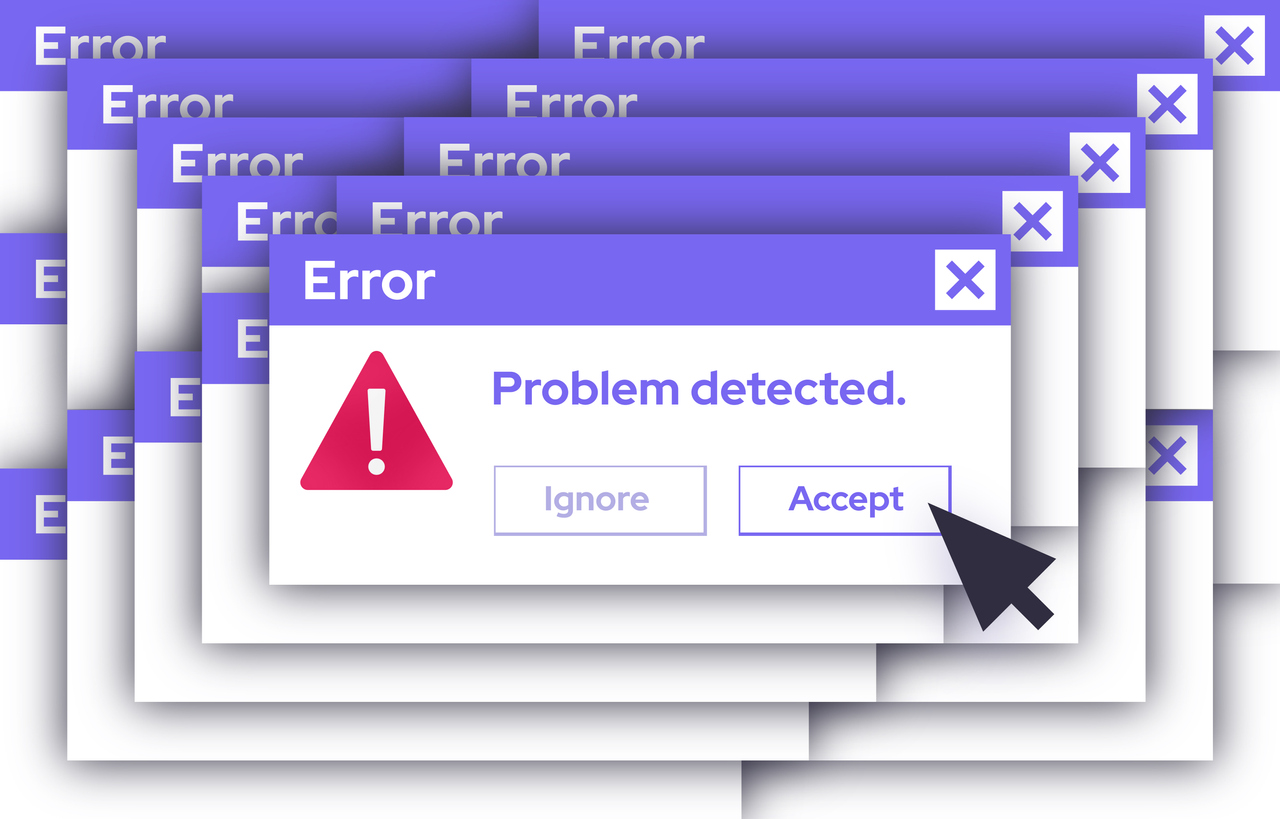Congressman A. Donald McEachin (VA-04) comments “Today, [I] introduced the Updated Drug Labeling for Patient Safety Act, legislation to direct the Food and Drug Administration (FDA) to allow generic drug manufacturers to update their product labeling with safety-related information.” (see here).
He notes that “[T]he Updated Drug Labeling for Patient Safety Act is commonsense legislation that will close this safety gap and improve health outcomes for more Americans.” And suggest that there is no process in place that allows generic to add updated labeling. Well, there is such a process in place already (see here). What he does not realize is that the problem with allowing generic firms to add safety information to their labeling without the oversight of the FDA to determine if the proposed changes are appropriate could result in there being multiple versions of generic labeling on the market at the same time all with different and inevitably conflicting information (see post here). While good for the plaintiff’s bar, it is definitely not so good for the patients!
The current process allows either a generic manufacture to come to FDA with new safety information or for the FDA (on its own initiative, from information it received through its own safety monitoring program) to determine if a change in labeling is warranted. And if such a change is warranted, then FDA will direct all firms with the same product to make the same exact change to the safety information in the labeling of their products. This ensures that the statute’s provision for sameness of labeling, which avoids patient and practitioner confusion and ensures that non-supported changes are not made by generic manufacturers or innovators.
If this Congressman really wanted to improve the availability of safety information to patients in a timely manner, he should instead support a bill to allow the industry to do away with paper package insert labeling, except on demand (which no one but the lawyers read anyway), and permit the use of electronic labeling that could speed the addition of safety labeling changes by the touch of a button, while at the same time assuring consistency of labeling for all firms. While a provision for this to occur has been in place, Congress has year after year specifically prohibited any appropriated funds be used carry out this initiative (presumably not favored by the paper lobby). So, Congressman McEachin, while your heart is in the right place, it is my opinion that your approach is not going to hit the mark and could actually make things worse. The plaintiff’s trial attorneys might like it, it has been discussed before, and there is a workable process in place to deal with it – you could help by targeting more money at the FDA’s whose responsibility it is for making the process work and supporting electronic labeling so everyone has the same information at the same time! Because, as I am sure you know, that with patient package inserts, many times the safety information is almost outdated as soon as the product leaves the shipping dock and can take up to 12-16 months for new inserts to appear at the consumer level. With electronic labeling, the firms can update their websites the day the change is approved and there you go, most up-to-date and relevant information is available through ones mobile device!



